Cornwall has 433 miles of coastline, is 75 miles from end-to-end, and welcomes 5 million visitors every year. It gave the world the pasty, the piskie, and Ross Poldark.
We all know plenty of facts about Cornwall – so we’ve delved deep to come up with some rather more obscure ones…
We’re not going to get into the whole independence debate here (we save big topics for long walks); however, it’s true that the ancient Duchy has more in common with Brittany in France than it has with its home country, England.
The Cornish, Bretons and Welsh speak similar Brythonic Celtic languages. Unlike Welsh, Cornish isn’t spoken by many as their everyday language: however, it’s on the rise, with the current 3,000 speakers set to grow as more schools teach the language.
Cornwall and Wales have been bound by trade in the past (Welsh coal powered the Cornish tin industry), as well as a traditional taste for male voice choirs, rugby and Methodism. The “wall” part of the Duchy’s name comes from the Old English wealas, which means either foreigners, strangers or Celts. It’s also where the name “Wales” comes from.
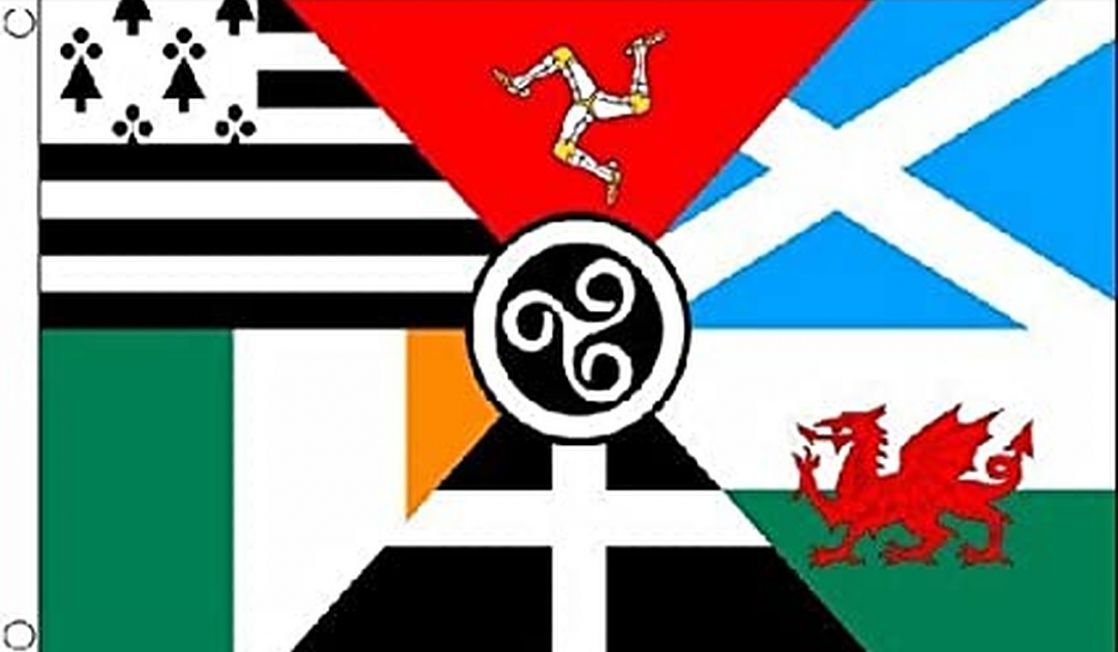
Cornwall’s been a creative centre for generations, with artists and writers flocking to its inspirational shores. With Bait’s recent success at the BAFTAs, our film industry is getting the attention it deserves. This is no sudden success: Falmouth University has been running a film-making course for an impressive fifty years.
Bait is the creation of Cornish-based filmmaker Mark Jenkin and stars our own Edward Rowe, aka comedian the Kernow King. Film critic Mark Kermode (Cornish fact: he has a home here) described it as “one of the defining British films of the decade”.
Cornwall itself stars in lots of films. Look out for the Cornish landscape in Straw Dogs, The Witches, Jamaica Inn, Die Another Day and Summer In February.
Our sporting history goes back a long way. Pioneering boxer Bob Fitzsimmons, known as “The Cornishman” (a hint, there) is from Helston, and was the sport’s first three-division champion back in the late 19th century. Tough sports like boxing weren’t uncommon – try and catch a bout of Cornish “wrasslin” when you’re here…
Gig rowing is another sport with Cornish origins. It began in the 18th century, when pilots were rowed to and from their ships in “gigs”. Whichever gig arrived first, got the, well, gig. Speed and competition became key, leading to a whole new sport. Today, Cornwall is known for producing skilled rowers. Helen Glover is from the legendary Jelbert’s ice cream family, and her Olympic golden post box is outside The Dolphin Inn in Penzance (you’ll see it on the St Ives to Marazion walk).
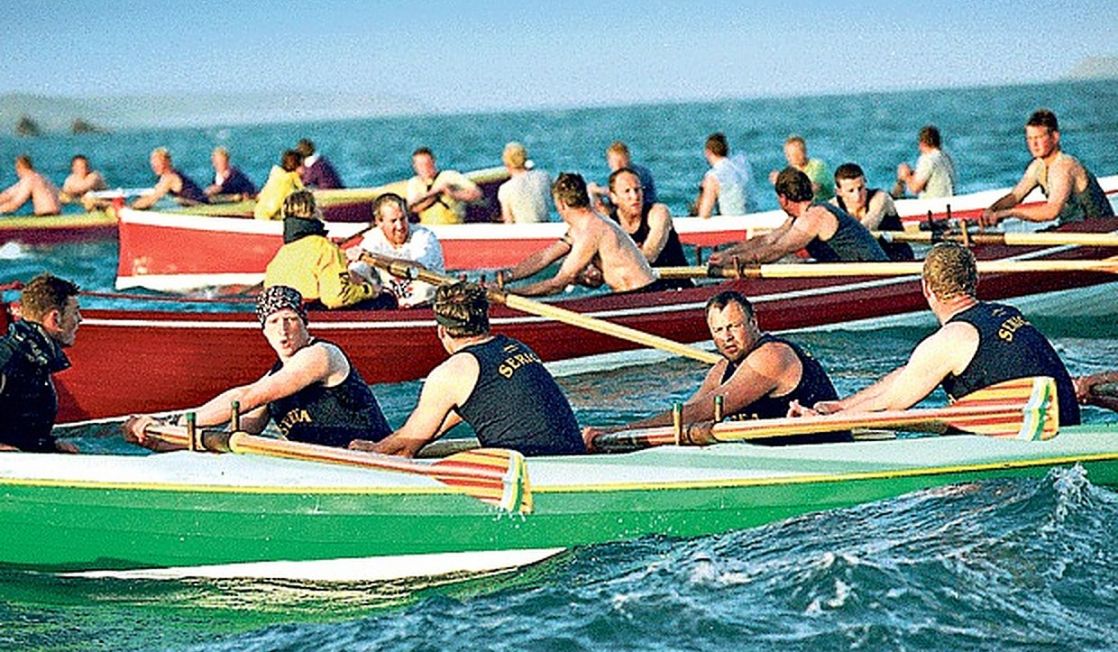
Other famous Cornish sportspeople include England rugby star Jack Nowell (Newlyn), England goalkeeper Nigel Martyn (St Austell ) and champion surfer Ben Skinner (from the Cornish brewery family).
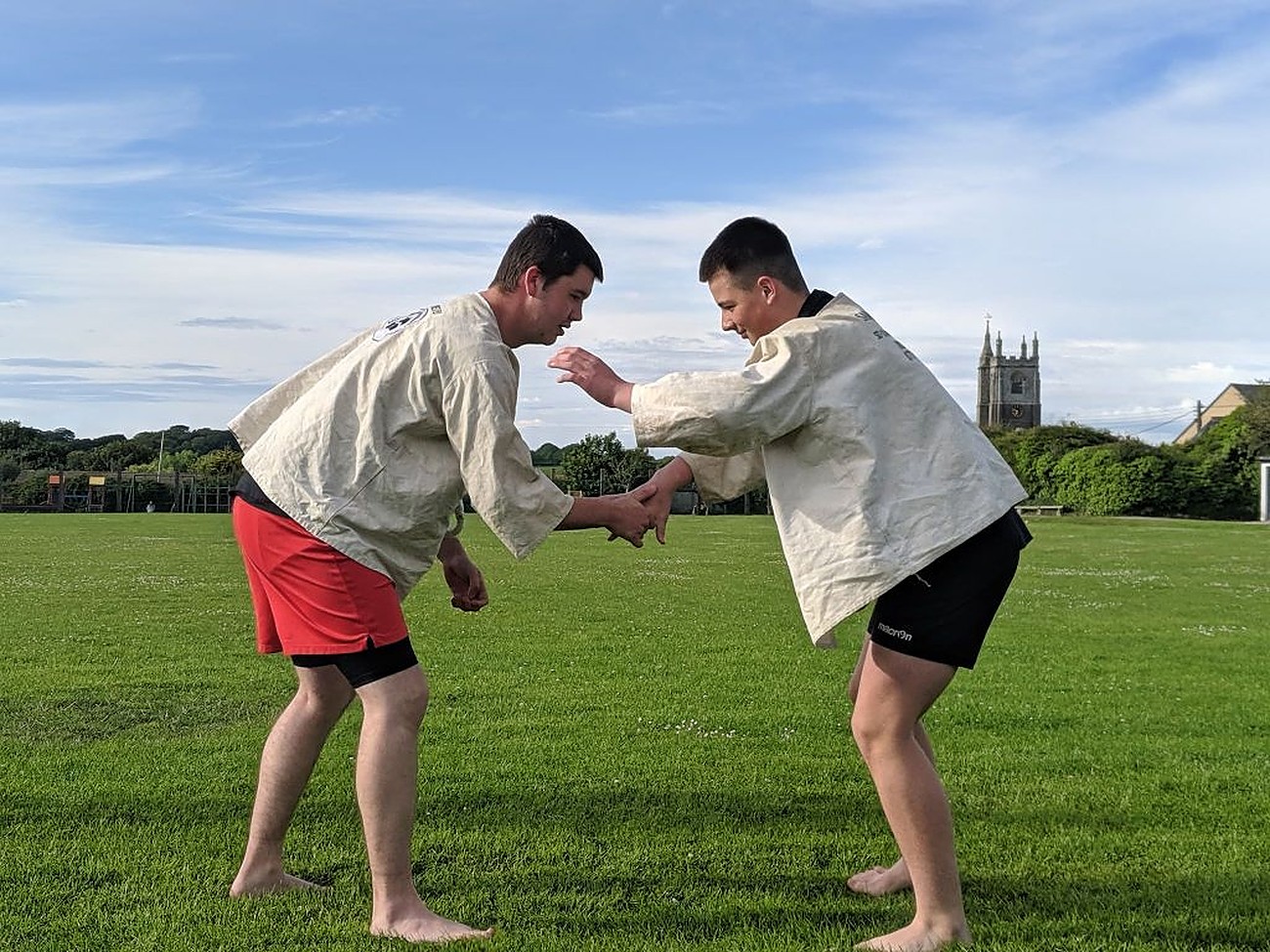
For such a small place, Cornwall has produced a lot of talent. As well as the sporting legends we’ve mentioned above, there’s plenty of Cornish folk who’ve made it big on both sides of the Tamar.
Our acting talent includes Dame Kristin Scott Thomas (a Redruth girl), Thandie Newton (Penzance), John Nettles (St Austell), Robert Shaw of Jaws “bigger boat” fame (Truro) and Susan Penhaligon (St Ives and Penzance). We’ve also adopted Dawn French.
Cornish musicians range from legends Mick Fleetwood and Roger Taylor to more recent acts such as Aphex Twin and James Morrison. Musicians who’ve made their homes in this inspirational landscape include artists as diverse as Seasick Steve (was he really sure about this?), Sir Tim Rice and Wham’s Andrew Ridgely.
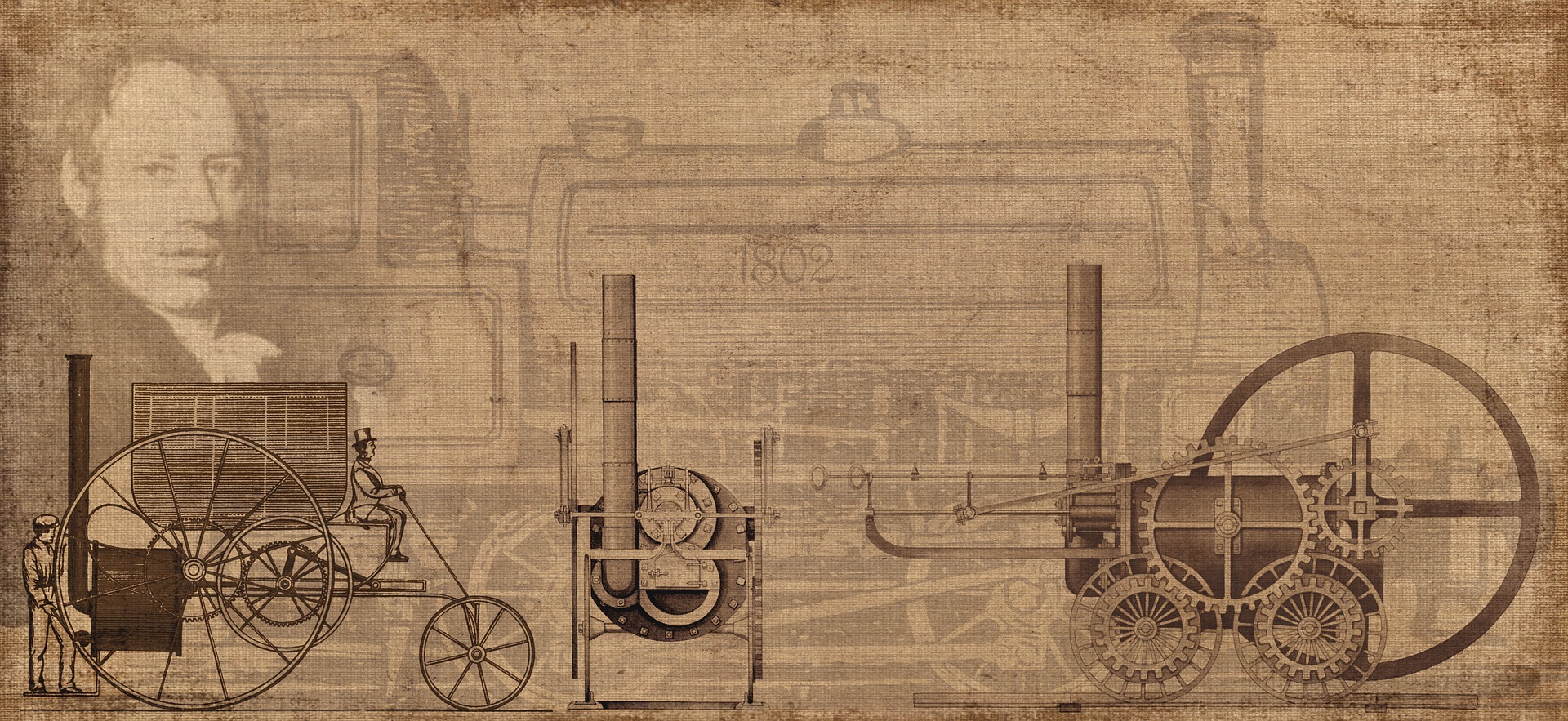
Cornwall was one of the centres of the industrial revolution. Richard Trevithick (a Hayle boy) built the first full-scale, working steam locomotive, while Penzance’s Humphry Davy pioneered anaesthetics, invented electrochemistry and created the famous mining Davy lamp.
Our tin mining expertise was admired the world over, and our engineers and miners were in demand in places as far flung as South America and Australia. You can see the remains of Cornish-style engine houses (known as “Cornish Castles”) in mining areas across the globe.
By 1900, over half the world’s tin came from Cornwall. And don’t forget one of our other products, china clay, which was discovered in 1745 by William Cookworthy. And as a by-product of our international trade, we also introduced the world to God’s own favourite takeaway…
Everyone’s heard of the Cornish pasty – but did you know that it inspired a Mexican empanada called pastes? Our travelling miners took their crowst (snack) across the world with them.
The classic Steak is simply beef (often skirt), potatoes, swede, onion, salt and pepper inside a savoury pastry (puff or shortcrust, that’s fine). Just make sure the crimp’s on the side, not the top. The crimp is set like this so it can be eaten in grubby miners’ hands then thrown away; a wise precaution against arsenic poisoning that also appeased the Knockers (mine spirits).
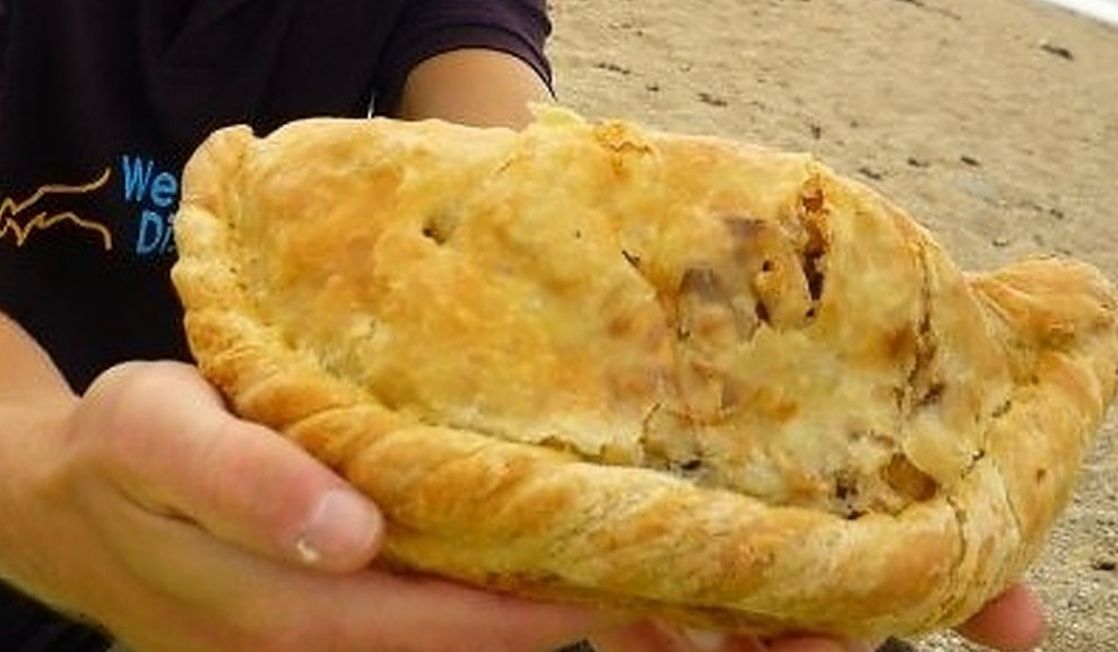
The classic Cornish pasty has a Protected Geographical Indication (PGI), meaning that to call itself Cornish, a pasty has to be made in-county (that makes it a bit like Champagne…) Head to the World Pasty Championships, held annually at the Eden Project.
And because we all love a Big fact, the world’s largest pasty was made by Proper Cornish in Fowey in 2010. It weighed 728kg, and had a proper crimp and everything.
Well, that was a breathless rush through some random Cornish facts. We hope you’ve learned a bit more about our county’s wonderful idiosyncrasies – perfect to chat about when you’re striding out on a Cornish walk!
Seien Sie der Erste, der alle Neuigkeiten und Sonderangebote erhält...